|
Throughout the year, our students will be bringing home report cards and various projects. There is a wide variety of parental responses to the work that students show them. You may choose to reward your child with compliments on intelligence, or buy a treat as an indulgence. You may express disappointment or even get angry. Is there a better way? How can we speak to children about their learning constructively at home? · How can you, as parents, respond to these assessments? · How can you help your child develop a growth mindset based on your feedback and that of his/her teacher? Feedback can shape a child’s beliefs about him/herself. If the feedback is egocentric (feeding the ego with compliments), it can produce unrealistic ideas about self. Or it can decrease motivation or resilience to yield a child who looks for the easy way out more often than not (Mindset Works, 2017). For instance, praising your child for being such a smart kid rather than for working hard and putting in a lot of effort. On the other hand, if teachers and parents focus on feedback that is non-egocentric, both motivation and resilience increase. This kind of feedback focuses on skills, effort, perseverance, goal setting and accepting challenges through which your child will develop a growth mindset. This kind of person accepts challenges, does not give up easily and is highly motivated. A fixed mindset person can be defined as… “In a fixed mindset, people believe their basic qualities, like their intelligence or talent, are simply fixed traits. They spend their time documenting their intelligence or talent instead of developing them. They also believe that talent alone creates success—without effort. They're wrong (Dweck, 2010).” While a growth mindset person is defined as… “In a growth mindset, people believe that their most basic abilities can be developed through dedication and hard work – brains and talent are just the starting point. This view creates a love of learning and a resilience that is essential for great accomplishment. Virtually all great people have had these qualities (Dweck, 2010).” Over the last couple years, I’ve been consciously trying to develop my own skills for giving better feedback, even to my own young adult son and daughter. I look for ways to support them so I can challenge them to continue to grow as human beings rather than just feeding them with compliments. If you’re interested in learning more, you can continue to read some of these sites referenced below or download the book by Carol Dweck on your Kindle reader, Mindset. For examples of ways to give feedback, click here. Praise effort, not intelligence
Dweck, C. (2010). What is mindset? Retrieved from https://mindsetonline.com/whatisit/about/
Mindset Works (2017). Dr. Dweck’s discovery of fixed and growth mindsets have shaped our understanding of learning. Retrieved from https://www.mindsetworks.com/science/
0 Comments
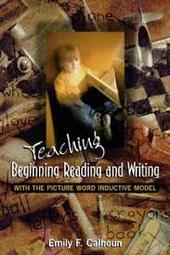 What is Picture Word Inductive Model? The Picture Word Inductive Model (PWIM) created by Emily Calhoun is an excellent model of teaching for developing understandings about language and analyzing how it works inductively. The teacher selects a picture that is relevant to the unit of inquiry from which to develop a visual dictionary (relevant word list). These words are then used for word study and small groups about letter sounds, word structure and classification. Words can be sorted by beginning, middle and ending sounds. Students can also use the words to classify them by nouns, verbs, and adjectives. They can practice ordering a phrase and then co-construct sentences as a station during the Daily 5 CAFE. Finally, a class story can be drafted, edited and published to model the writing process. What are its benefits? Throughout my career as a homeroom teacher with language learners, I have relied heavily on the Picture Word Inductive Model (PWIM) of teaching beginning reading and writing to my grade 1 and 2 students both in Mexico and in Iraq (Calhoun, 1999). As an inductive approach, students inquire into the way language works from concrete, relevant examples rather than beginning with an abstract word list taken out of context. It uses visual scaffolding for comprehensible input (Echeviarría, Vogt & Short, 2017). The more I explored using this approach, the more I appreciated it as a tool for both modeling writing and joint construction in pairs or as a whole class. Students can explore the concepts of sound, structure and classification through inductive word study. They can explore sentence structure using the words from their visual dictionary. They can use their creativity to write a story about the picture. My students enthusiastically engaged in word study with each other. I observed them using the vocabulary we learned through the picture of study and their writing abilities improved as the year progressed since we did so much together. They had multiple opportunities to be exposed to the narrative writing process through joint construction before I asked them to try on their own. 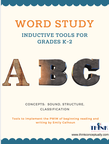 How does it work? Below is an excerpt from the book to help you get started. I have found my own way to implement this model of teaching and explored ways to expand on the premise of PWIM. I have created a variety of tools to use with this approach during centers. These word sort boards are available here: Click here for word sort boards.
Calhoun, E. (1999). Teaching beginning reading and writing with the picture word inductive model. Alexandria, VA: ASCD.
Echevarría, J., Vogt, M. and Short, D. (2017). Making content comprehensible for English language learners: the SIOP method, 5th ed. Boston, MA: Pearson. One of the five elements of the inquiry cycle is Action. Action is a powerful response to learning so at MEF IS, we watch for it, foster it and celebrate it. Our students are encouraged to act on new understandings developed from relevant learning. We see the learner profile in action through the action cycle as students become reflective thinkers, knowledgeable risk-takers and principled communicators. This is the season of general reflection for the world as we move towards a New Year celebration. Most people are reflecting on this past year and setting goals to achieve for the upcoming year whether it be to lose weight, participate in a triathlon, learn a new art form or pursue a promotion at work. While seasonal goal setting is a noble, worthwhile process, I challenge you make an adjustment to that yearly routine. This does not have to wait until December. Goals can be incremental and it takes making reflection a daily practice. This transforms life into a daily learning journey as you learn from your mistakes through reflection and set achievable goals for new accomplishments and knowledge or skills to learn. Know yourself, be honest with yourself and take action on your reflections. Below are some reflective questions for metacognitive thinking:
For the past three years, I worked with grade 2 as a homeroom PYP teacher. I wanted to share an approach I took to number and the concept of equal groups. We began the year working with skip counting and using skip counting to find patterns in number. Then we began to build on their understandings of partitioning. We looked at how many number combinations we could find with a given number using the number of the day strategies. My goal was to make sure math was always fun, concrete, relevant and challenging. As we moved through addition and subtraction strategies, we continued expanding on number strategies for patterning and partitioning with numbers greater than 50. Later in the year, we began to inquire into equal groups using multiplication, division and fractions. As we worked with multiplication using arrays, making equal groups with manipulatives and then pictorial drawings, an idea came to me. I began to see how students could learn to move between multiplication, division and fractions through the conceptual lens of equal groups. This idea fascinated me and I began to design learning engagements for using number flexibly. We focused less on traditional algorithms and memorizing math facts and more on thinking about number conceptually. We talked about equal sharing and writing math stories. We continued building on their understandings of fractions of a whole by moving onto fractions of equal groups. Students learned to show equal groups in multiple ways and eventually, we worked with word problems. All of the work we did moving between those three ways of seeing equal groups made the process of learning time and reading a clock fairly simple. They had a clear understanding of skip counting and fractions by then which made reading a clock and understanding how it worked a straightforward process. Click here to download my Equal Groups Pack.
|
AuthorAs an international educator, I work with colleagues in my local and global network regularly to implement inquiry through concept-based approaches to learning and teaching. It is a journey of discovery, learning and growing our own understandings about the ways children learn. Categories
All
Archives
March 2020
This website uses marketing and tracking technologies. Opting out of this will opt you out of all cookies, except for those needed to run the website. Note that some products may not work as well without tracking cookies. Opt Out of Cookies |
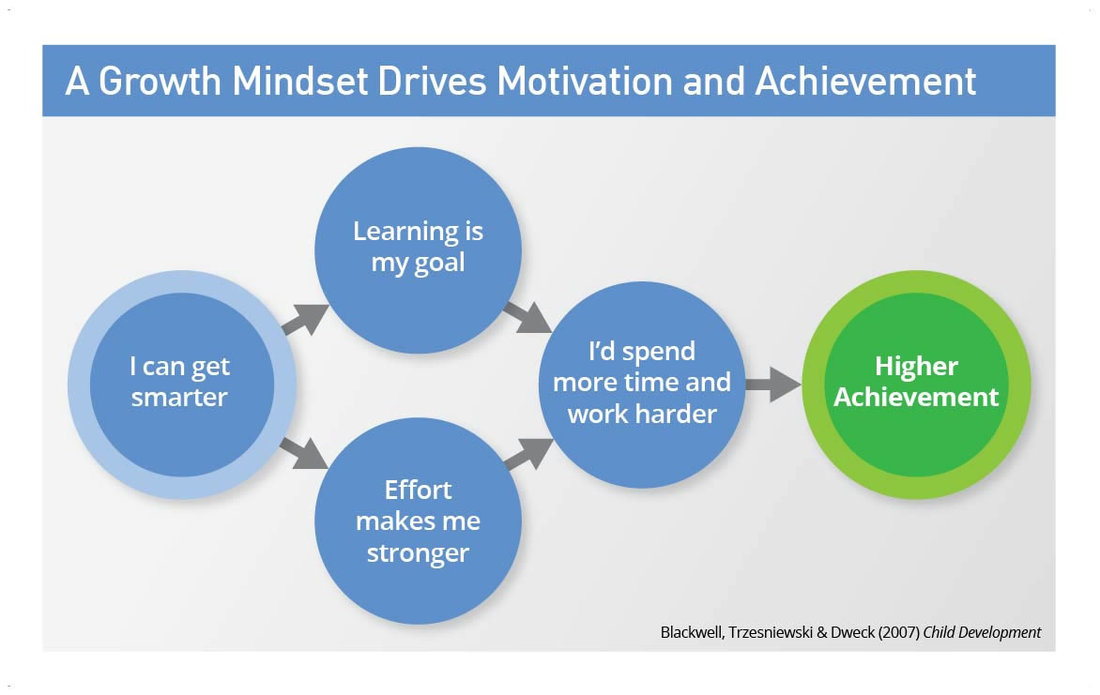
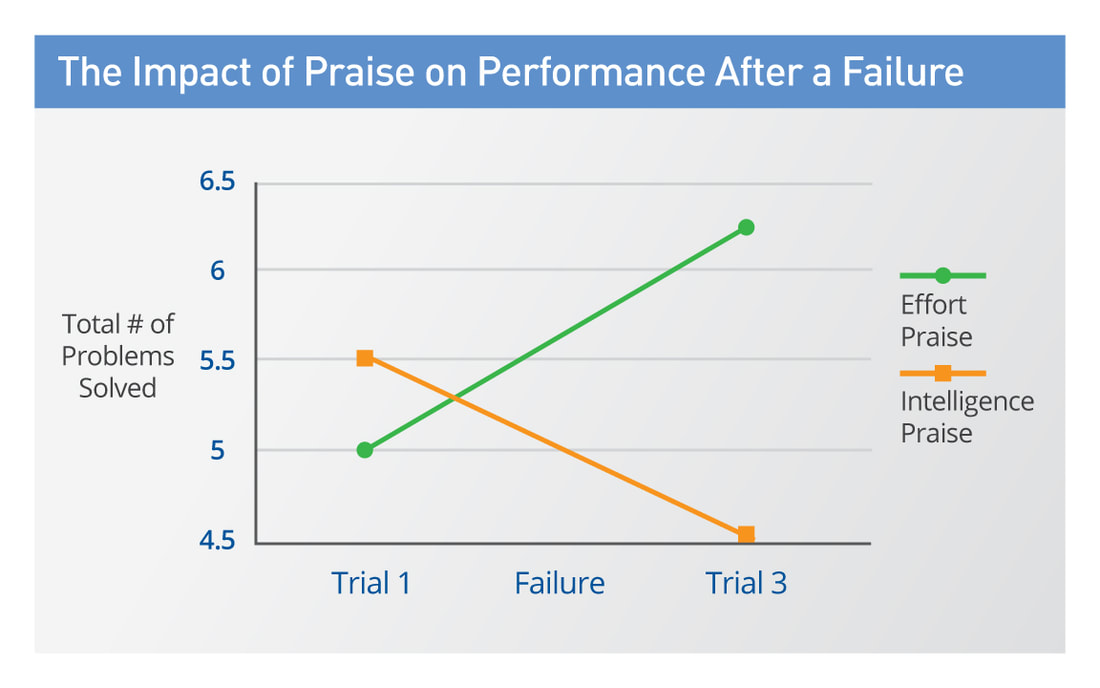

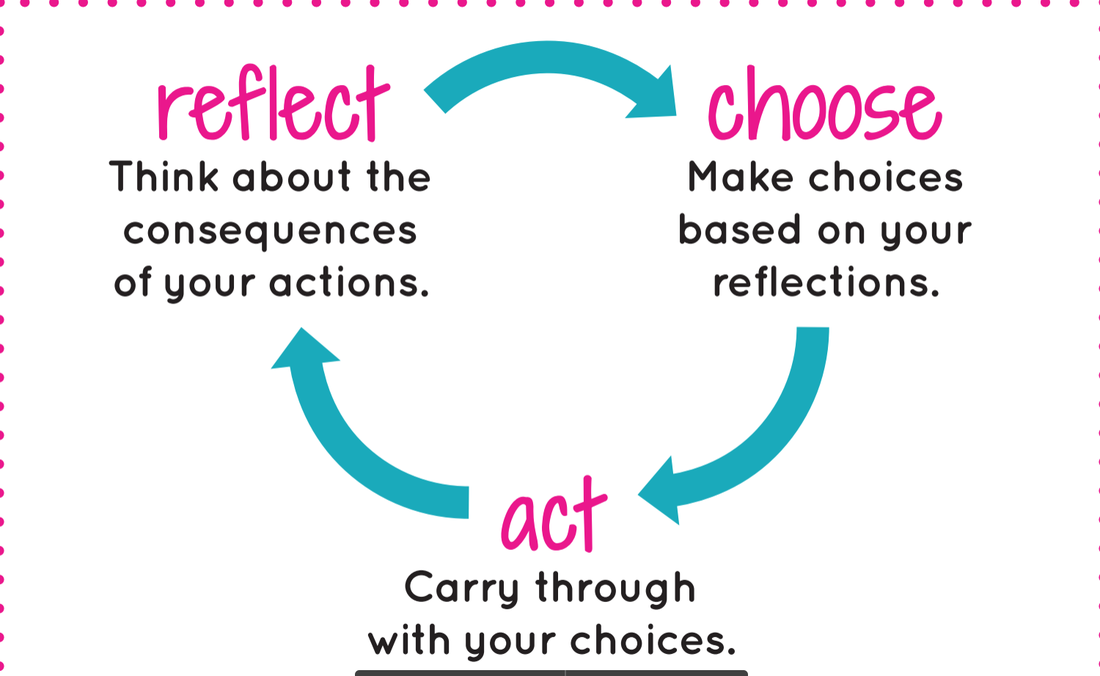
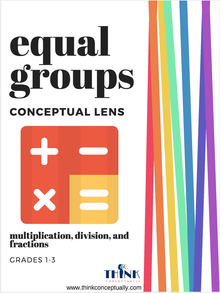
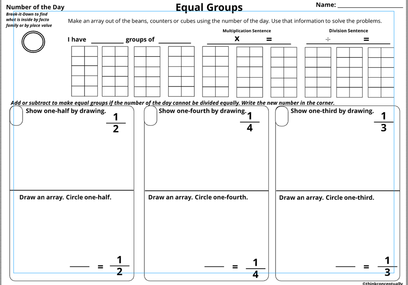
 RSS Feed
RSS Feed
